7 Ancient goddesses who are all about female power
These goddesses represented divinity in female form in cultures from all over the world. They had different names, features and powers, but all of them were an example of surprising and strong women of which we could all learn.
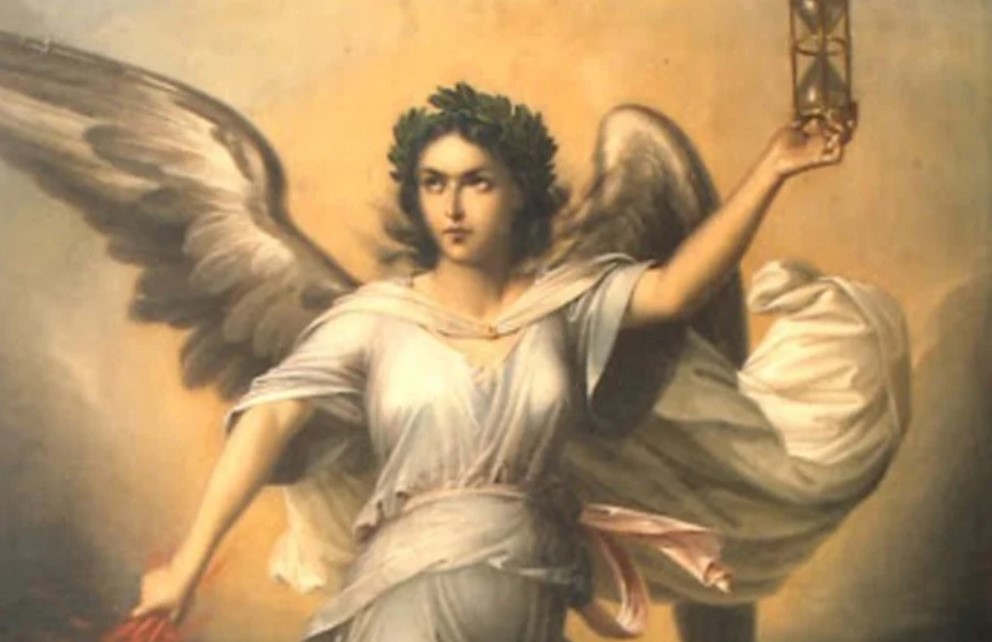
In antiquity, women played a different role in both society and everyday life. They were not simply wives, lovers and mothers, they had a profound connection with the forces of nature, life and death. That bond, often mysterious, was recognized and revered by all, finding a reflection in powerful female deities. These goddesses represented divinity in female form in cultures from all over the world. They had different names, features and powers, but all of them were an example of surprising and strong women of which we could all learn. These are 7 ancient goddesses who are all about female power.
Bast (ancient Egypt)
Lady of day and feline cats at night, Bast was one of the most venerated goddesses of ancient Egypt. She associated it mainly with fertility, female secrets, women's health and, of course, cats. But she was not just a household protector, since she possessed the omniscient powers of Ra's eye. She was also prayed when you created healing ointments and potions, since she was known for fighting against pests and diseases. Like the lady of terror, she had an implacable side, a feline head warrior that protected the needy.
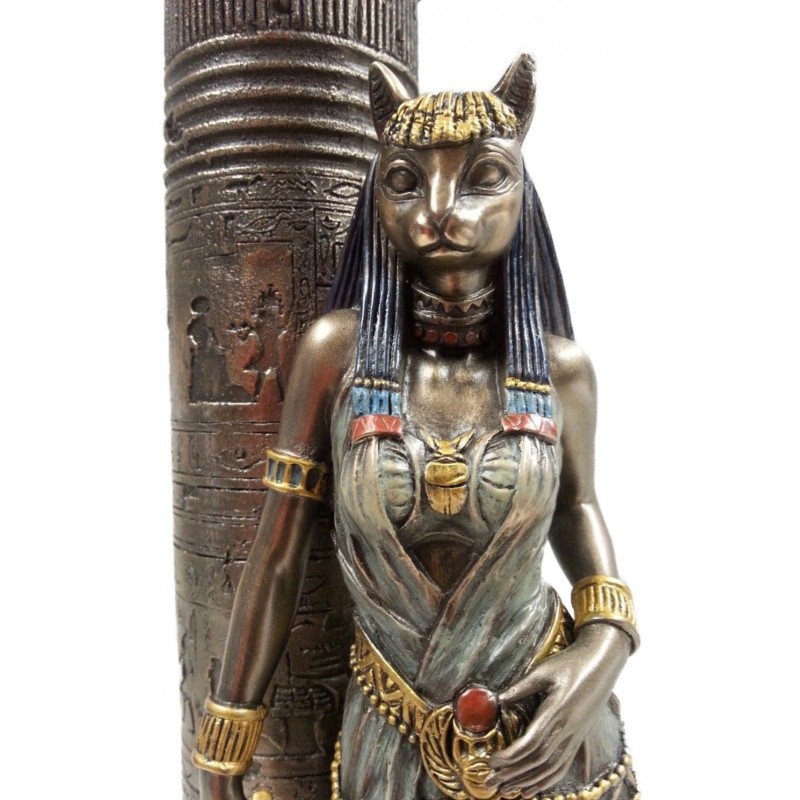
Ishtar (ancient Babylon)
Ishtar, also known as Inanna, is one of the first goddesses mentioned in the Scriptures. Being at the same time the goddess of war and love, this goddess of ancient Mesopotamia influenced the images of the deities that came later (as the beautiful Aphrodite of Greek mythology). She is the daughter of the god of the moon, without, and the sister of the god of the sun, Utu. The Ishtar itself is associated with the planet Venus, that is why she has a beautiful appearance and is connected with sensual love and desires. She is also a goddess of thunder and storm, often represented by a lion, whose terrible roar can be compared with the sound of a storm. According to some myths, she went to the underworld to rescue her husband, Tammuz, others believe that she went there to rescue her sister.
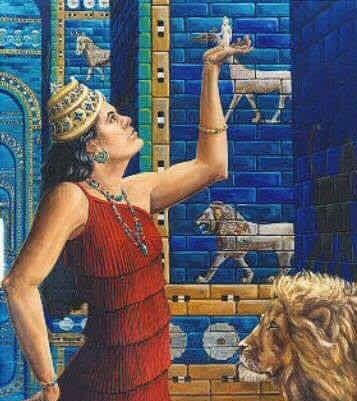
Aphrodite (Ancient Greece)
You've probably heard about Aphrodite, the Greek goddess of love, pleasure, beauty and fertility. Often accompanied by Eros, the God of Love, Aphrodite was not only beautiful, but she was powerful and could grant both blessings as curses to the people who adored her. He had a loving adventure with the god Ares, played his role in the Trojan War, punished Hipólito for ignoring love and beauty, and responded to pygmalon prayers, who fell in love with the beautiful statue he created and asked the Goddess who brought her to life. She definitely she was a busy lady!

Parvati (India)
Parvati is Shiva's wife, who is part of the Trimurti that creates, preserves and destroys the entire universe when the time comes. She is an exemplary wife, mother of the universe full of care for each and every one of the living beings, as well as mother of the gods Ganesh and Kartikeya. But she does not get fooled by her pious and loving nature of her, because when bad actions or demons alter the balance of the world, she becomes a combative and fearsome deity that can destroy the most powerful of beasts. One of her most powerful forms is Kali, the goddess of dark skin representing the gross power of nature and tamas, one of the three main elements from which all existence was created. Parvati is also the incarnation of ADI Shakti, the great goddess and the supreme energy of which everything was born.

Nemesis (ancient Greece)
Nemesis is the Greek goddess of justice and retribution. She reviews all the actions of men and the gods, punishing those who did wrong or acquired a fortune that did not belong to them. She is the strength of cosmic justice, often called "inescapable" or Adrasteia. She was the one who punished Narciso for his arrogance and made him look at the well, where she saw the reflection of him and fell in love with him. The affection was so strong that she could not get away from her the view of her and she died like this, becoming the narcissus flower. She often appears with a sword in her hand and scales.
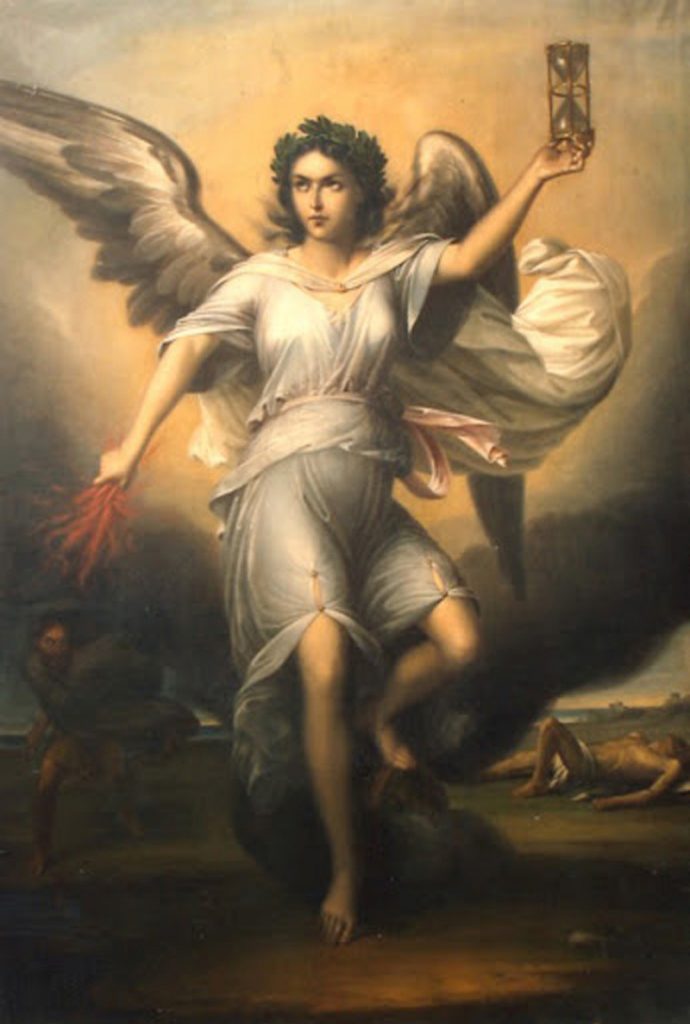
Jiva (Slavic)
Before the progress of Christianity, the ancient Slavic cultures had their own gods and goddesses who were closely connected to the forces of nature, life and death. Jiva was a beautiful youthful goddess who represented life itself. She was called the manager of life and it was believed that she connected the soul with a human body when a baby was born, thus becoming the goddess of birth and also of fertility. Young people and women adored her at the beginning of summer, offering garlands of flowers, milk, honey and grains, asking for love, good marriage and happiness.
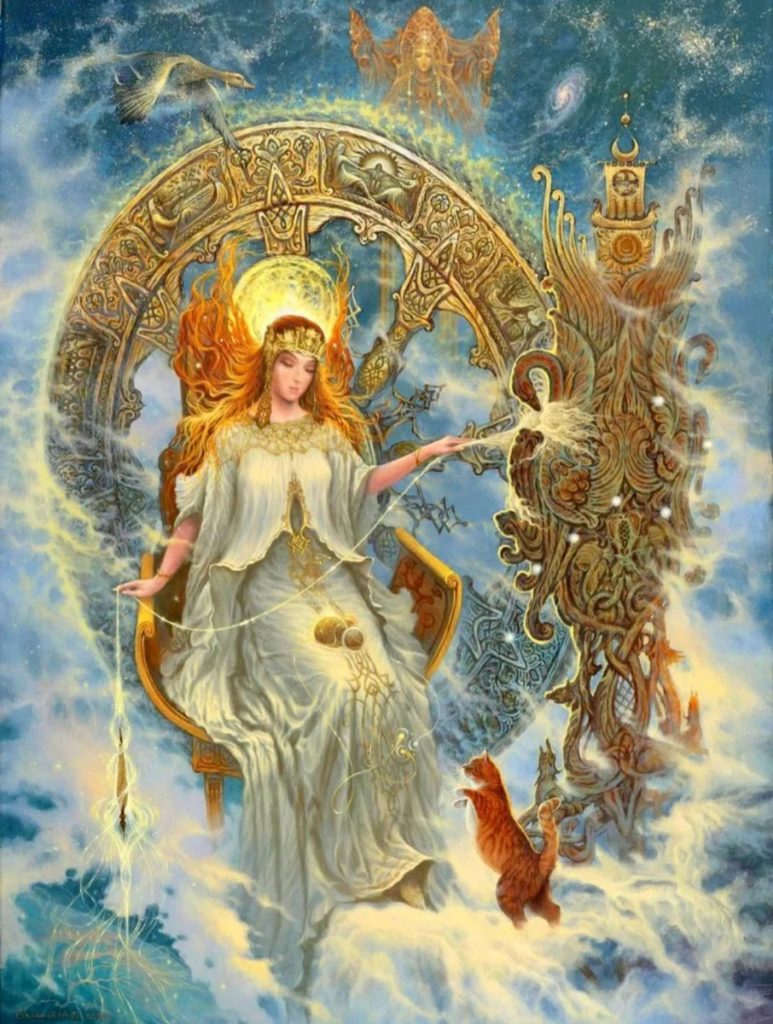
Pachamama (ancient Incas)
Pachamama is the goddess of the Andean peoples that still today is venerated. The ancient Incas adored her as the goddess of fertility and all life in general. From Quechua, the name Pachamama can be translated as "Mother Earth", which means that she covers life in all its complexity. The divine nature of it is based on femininity and generosity, which means that it is closely related to the crops and fertility of women. There are still offerings to Pachamama in modern Peru to thank food and invite abundance to life.

Sneaky small ways to burn more fat every day, according to experts

